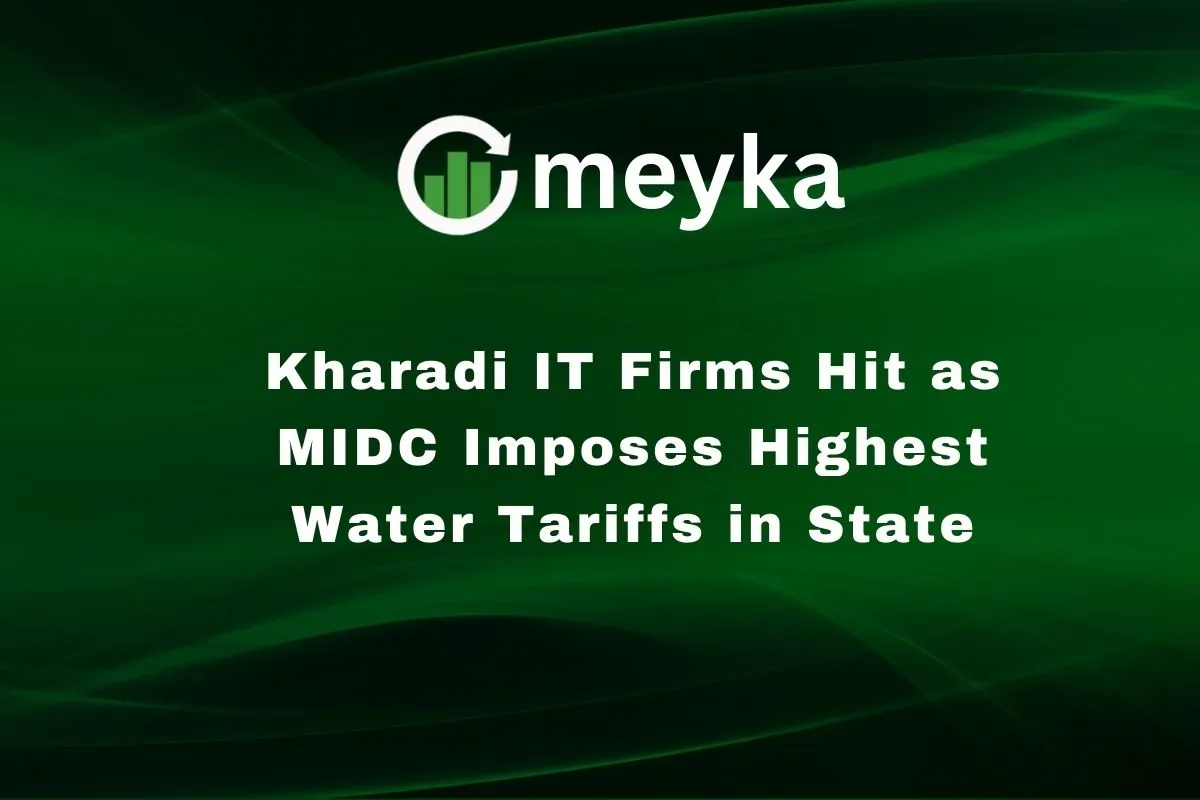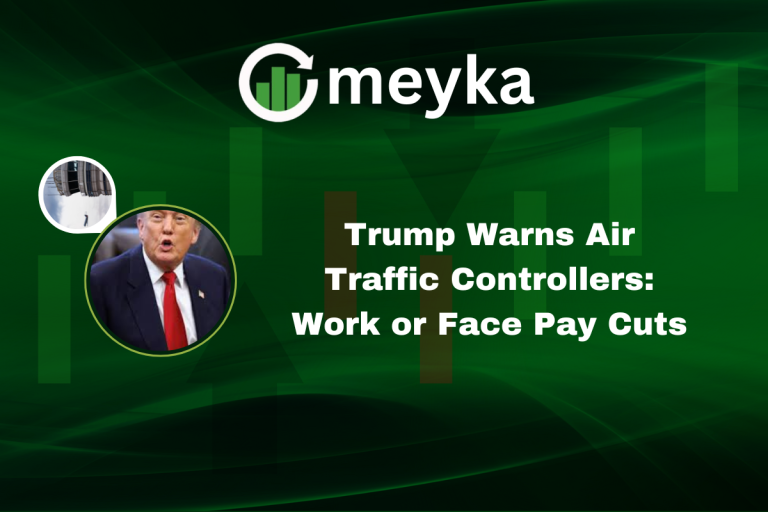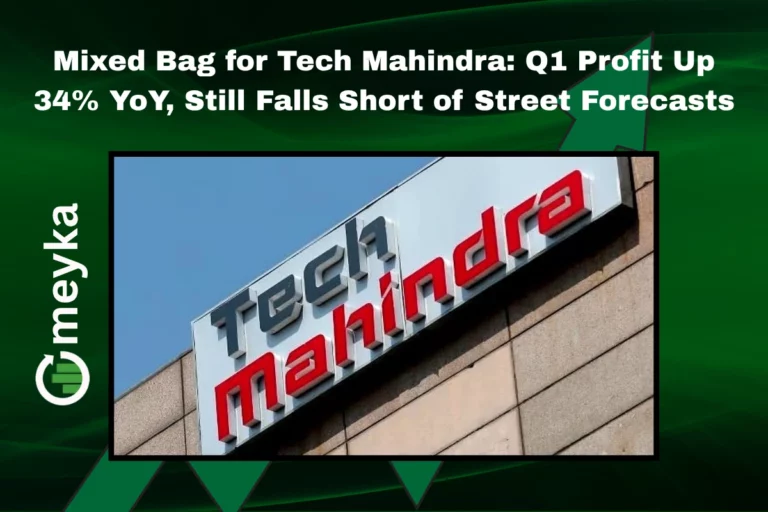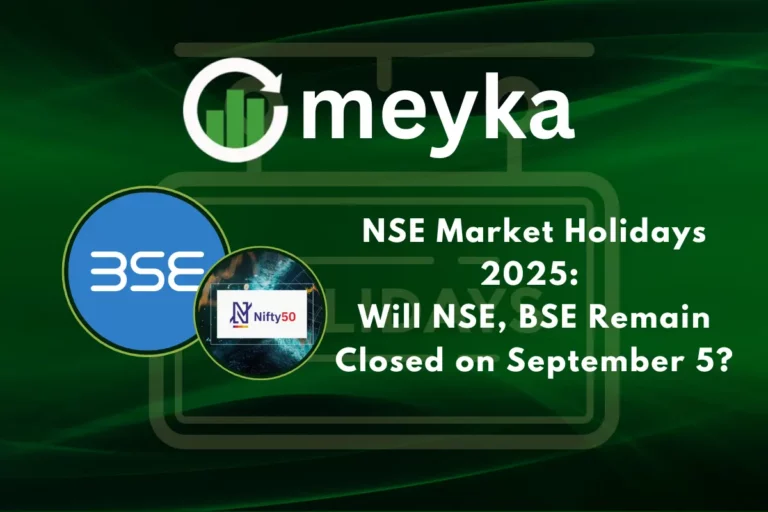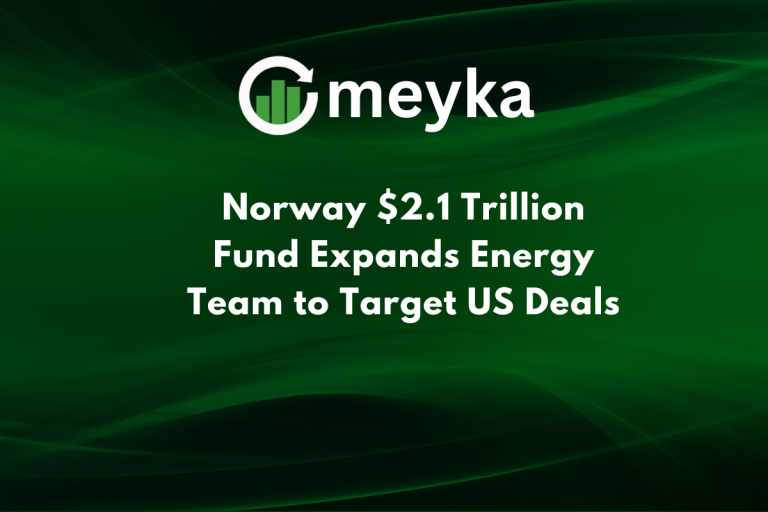Kharadi IT Firms Hit as MIDC Imposes Highest Water Tariffs in State
Kharadi in Pune has become a fast-growing IT hub. Big tech firms, startups, and professionals thrive here. But now, this success is under strain. The Maharashtra Industrial Development Corporation, better known as MIDC, has imposed the highest industrial water tariff in the state for Kharadi IT firms. This move will raise costs. It may slow investment. We must understand how and why this happened. We walk through MIDC’s background, the hike, its impact, and what this could mean for Pune’s IT future.
Background of MIDC and Water Tariffs
The MIDC is a state agency. It builds and maintains industrial infrastructure. It provides services like roads, land, drainage, and water supply. In Maharashtra, water tariffs for industries have long been regulated by agencies like MIDC and the Maharashtra Water Resources Regulatory Authority (MWRRA). MIDC had not revised industrial water rates since 2013. Over the years, its costs for power and water delivery rose sharply. To cope, MIDC proposed tariff increases statewide. But the jump for Kharadi has drawn special attention.
Kharadi’s IT Hub: Why It Matters
Kharadi has grown from a peripheral suburb into a tech corridor. It houses several knowledge parks and IT offices. The area attracts national and global companies. Many jobs in Pune depend on this growth. Local service businesses, cafes, real estate, and shops benefit too. For these firms, stable utilities like water are vital for daily operations. When utility costs rise sharply, it cuts into profit margins. It can make growth plans harder or force corners to be cut.
Details of the New Tariff Hike
From September 1, MIDC raised the water rate in Kharadi Knowledge Park to ₹104.75 per cubic metre (i.e., per 1,000 litres). This is far higher than rates in other industrial areas: in Mumbai, MIDC charges about ₹25–26, and in Pune’s typical MIDC zones like Hinjewadi or Chakan, it is around ₹24.25.
MIDC says it buys water from Pune Municipal Corporation at ₹80.14 per cubic metre. Then it adds its markup to cover infrastructure, electricity, pipeline upkeep, treatment plants, etc.
Another factor: Kharadi under MIDC has only 10–12 industrial consumers. Because of low scale, fixed costs per unit remain high.
Also, daily water consumption in this zone is just 1.5 lakh litres, versus 13 crore litres in big MIDC zones like Pimpri Chinchwad or Chakan. MIDC says it last increased rates in 2013 and has absorbed cost escalations over the years.
Impact on IT Firms
For startups and small firms, this hike is a heavy burden. Many operate with tight budgets. An unexpected cost rise can hurt cash flows. Larger firms with big campuses and many employees also feel the effect. Even if water is a small line item now, over time, the added burden piles up.
Some companies may reconsider expansion in Kharadi. They might look at cities with lower utility costs. This could weaken Pune’s competitive edge compared to Bengaluru, Hyderabad, or Gurugram.
Investors may view such high utility costs as a risk. That could slow new campus launches or office space leasing in Kharadi.
Wider Economic and Social Implications
Job creation in and around Kharadi could slow. Firms may freeze hiring or reduce benefits to cope. Clients may get hi, too. When costs rise, service providers often pass some burden down. That could hurt competitiveness in global contracts. Local businesses, cafes, food delivery, office services, and real estate may face less demand if firms cut staff or scale down.
The broader image of Pune as an IT hub may suffer. If utility costs are seen as unpredictable or high, companies may hesitate to use Pune as a base.
Conclusion
The MIDC’s decision to charge Kharadi IT firms the highest water tariff in Maharashtra is striking. It shifts financial stress onto an industry that already faces many costs. We must balance the sustainability of infrastructure with business growth. If tariffs are too high, growth will slow; if too low, infrastructure suffers. For Pune’s IT future, the state needs policies that protect both service providers and the infrastructure they depend on. Smart regulation, scale-based pricing, and gradual implementation may help. Kharadi’s journey as a tech hub is not over, but how it weathers this tariff storm will matter a lot for Pune, the firms, and the people.
Disclaimer:
This content is for informational purposes only and is not financial advice. Always conduct your research.
